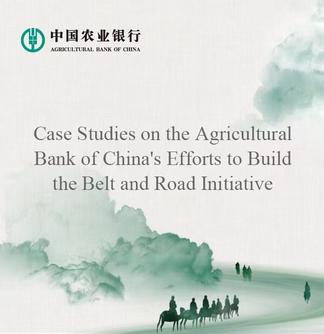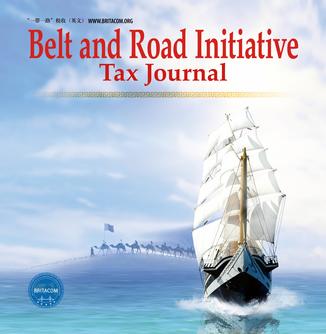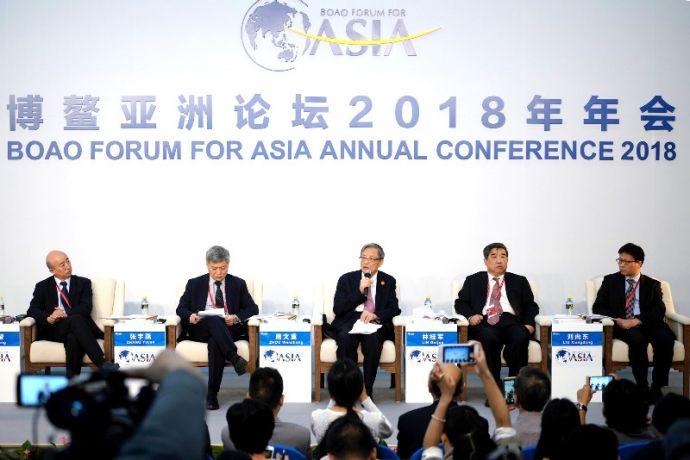
BOAO, China, Apr.16(Xinhua) -- Economic cooperation in Asia grew in 2017 amid the surge of the anti-globalization trend and the resurgence of trade protectionism, and the Belt and Road Initiative has became an important driving force for economic integration in Asia.
According to the annual report on the Asian competitiveness released at the Boao Forum for Asia (BFA) on April 8, the superiority of the Belt and Road Initiative appeared in 2017 to consolidate the social foundation of the regional economic integration of Asia. The initiative has created more jobs and generated more revenues. Chinese enterprises have established 56 economic and trade cooperation zones in more than 20 countries, and created tax revenues of nearly 1.1 billion U.S. dollars and 180,000 jobs for relevant countries.
Besides, driven by the Belt and Road Initiative, the transportation of land, sea, air and network along the Belt and Road routes has been connected to facilitate their exchanges and economic cooperation. Infrastructural connectivity is the foundation of the economic integration of ASEAN. The Master Plan on ASEAN Connectivity adopted in 2010 involves more than 700 projects and plans, with a total investment of some 38 million U.S. dollars.
The Belt and Road Initiative has also released dividends in the aspects of overcoming the "digital divide", poverty reduction through education, inclusive finance, ecological improvement, characteristic tourism development, strengthening cultural exchanges, medical cooperation and more people sharing the "cake" of economic globalization, to create major development opportunities for the corners forgotten in globalization. These dividends have consolidated the public opinion foundation for the engagement of Belt and Road countries, and boosted the Belt and Road construction.
The report shows that a unified market of Asia is forming in an accelerated way under the drive of the Belt and Road Initiative. Multilateral cooperation mechanisms, including Shanghai Cooperation Organization, China-CEE "16+1" Cooperation Mechanism, China-Japan-ROK trade cooperation mechanism, China-ASEAN "10+1", Asia-Pacific Economic Cooperation and China-Arab States Cooperation Forum are pushing forward the connection of their economic development strategies with China's Belt and Road Initiative, to form free trade areas within a broader range along the Belt and Road.
The report also points out that Asia's economy has grown overall with the recovery of the world economy and the acceleration in the regional economic integration of Asia. "Trade protection will not be a persistent economic driver, but will restrain economic sustainability. Asia's open economies need to avoid being trapped in trade protection," said Zhou Wenzhong, Secretary-General of BFA, adding that Asia's developing economies has grown by 6.8 percent annually in the past 20 years, higher than other regions. Experience indicates that Asia's prosperity is inseparable from loose external environment, and small economies with the prominent feature of export orientation are more dependent on external economy.
According to the report, Asia's economy will still play an important role in global economic growth; the cooperation among Asian economies overweighs their competition. Particularly, the difference among Asian economies in development stage, resource endowment, systems and policies shows that they are economically complementary and mutually-beneficial cooperation will benefit all sides. Facing the challenge from anti-globalization, Asian economies should stick to trade liberalization and investment facilitation, and push forward regional integration. (Edited by Ma Xin, maxin11@xinhua.org)




 A single purchase
A single purchase









